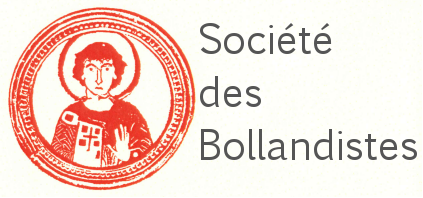Pinakes | Πίνακες
Textes et manuscrits grecs
Résumé :
Abstract: Padua University Library (Italy) preserves only a limited number of Greek manuscripts. Among them, the Patavinus 560 stands out for its content and age. This manuscript contains works of Basil of Cesarea and Plutarch, an almost unique pairing, and its oldest codicological unit was penned in the late 10th century. For almost a century the Patavinus has been considered to be part of the well-known Heid. Palat. gr. 153, a 10th century manuscript containing a selection of Plutarch’s Moralia which Jean Irigoin attributed to the editorial effort characteristic of the intellectual awakening in 10th and 11th century Constantinople. In 2005, Mario Manfredini challenged this view by disproving what he coined an « Imaginary hybrid » trough textual and codicological observations. The present study offers a reassessment of the situation, and bases itself on the comprehensive analysis of the Patavinus and the p. Both originally independent, the manuscripts were united in one codex in the late 13th/early 14th century. This hybrid was again separated in the 16th century : one part remained in Padua, in the Abbey of Santa Giustina, while the other was transferred to Heidelberg. In appendix, a new evaluation of the Marcianus 344 is offered. This is a 12th century manuscript in which we were able to identify one of the scribes working in the Patavinus + Palatinus.Copistes, possesseurs & autres
| Nom | Remarque | Type | Commentaire | Tome | Pages |
|---|---|---|---|---|---|
| Padova, Abbazia di Santa Giustina |







